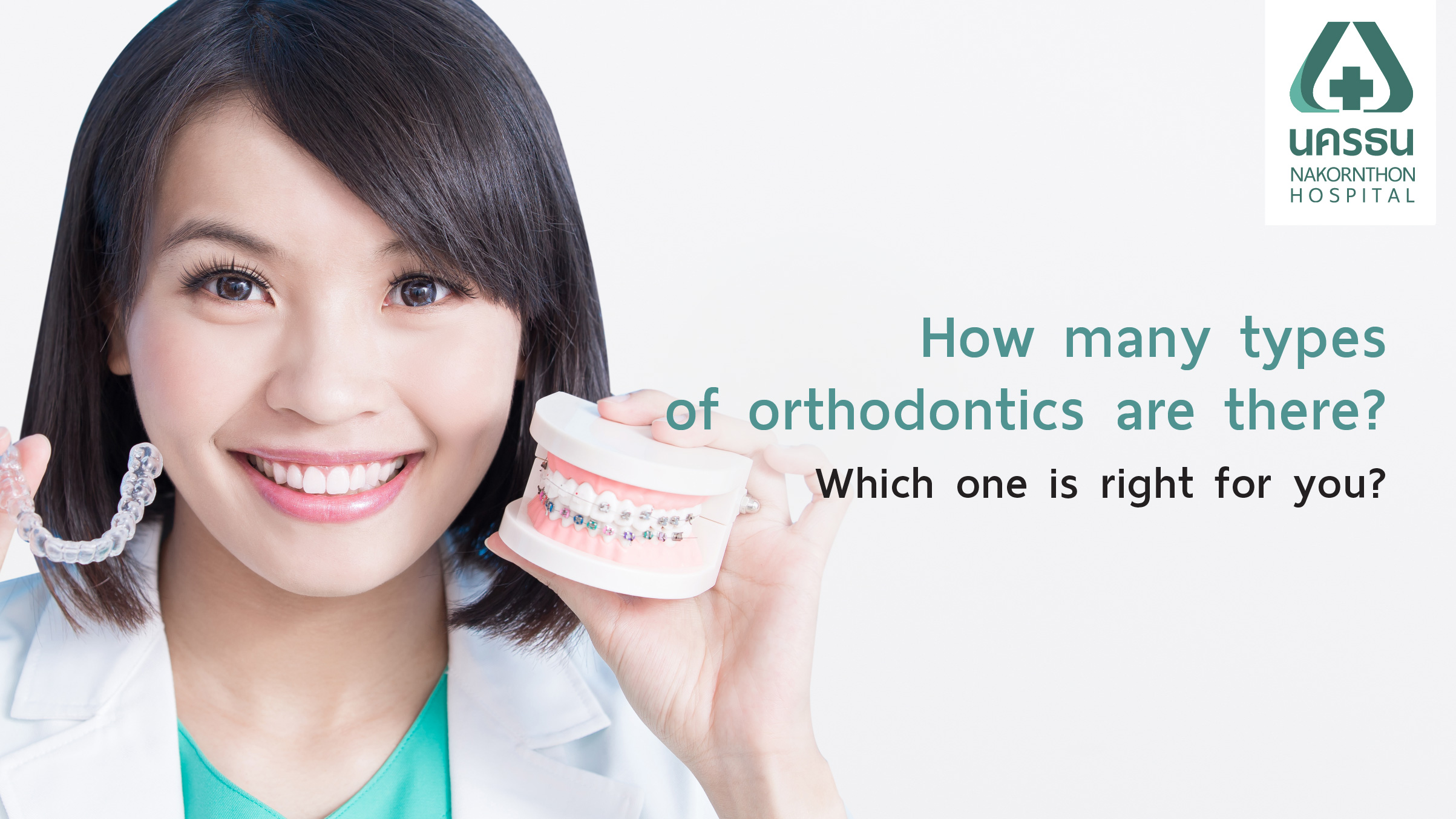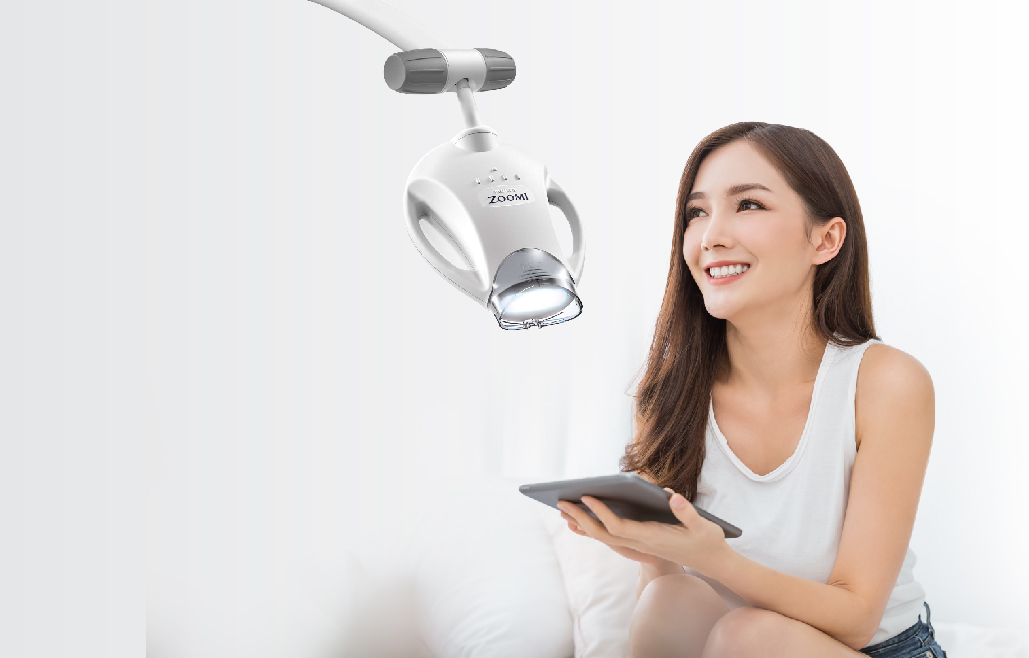4 styles of braces that people who want a beautiful teeth should know
Center : Dental Center
Article by : Dr. Vudhibhong Laoamata

Due to the unique shapes, sizes, and arrangements of teeth for each person, many face dental health issues such as misaligned teeth, protruding front teeth, crowded teeth, crooked teeth, underbites, or bad bites. These issues often lead to a lack of confidence in smiling and negatively impact one's appearance. Orthodontics is a field that addresses and corrects these problems by aligning the teeth properly and enhancing their appearance. In some cases, orthodontics can also help to reshape the face for a more refined look. Nowadays, there are various types of orthodontic treatments available to suit different needs and conditions.
Contents
Why Orthodontics is Necessary
Orthodontics, a branch of cosmetic dentistry, deals with correcting misaligned teeth and improper bites. Problems such as crooked teeth, protruding front teeth, crowded teeth, underbites, and improper bites can be addressed through orthodontic treatments. These treatments use dental appliances to move teeth into balanced positions under the care of a specialized orthodontist. This not only improves bite and chewing efficiency but also makes oral hygiene easier, reducing the risk of tooth decay and gum disease, and preventing tooth wear. Furthermore, orthodontics significantly boosts confidence with a brighter smile and improved appearance.
Categories of Orthodontic Treatments
Orthodontics can be broadly divided into two main categories, each with various tools to match individual needs:
Fixed Orthodontic Appliances:
- Metal Braces: These are traditional braces involving metal brackets, archwires, and colorful elastic bands (O-rings) that move teeth into the desired positions. Metal braces are effective for correcting all types of dental misalignments and bite issues. Regular dental visits are necessary for adjustments, typically every four weeks.
- Ceramic Braces: Similar to metal braces but made of tooth-colored ceramic, making them less noticeable. They are suitable for anyone seeking a less conspicuous orthodontic option, working effectively with colorful O-rings and metal archwires to align teeth.
Removable Orthodontic Appliances:
- Clear Aligners (Invisalign): These are custom-made, clear plastic aligners that gradually straighten teeth. They can be removed for eating and cleaning, offering convenience and discretion. Invisalign uses advanced ClinCheck® software to predict and track progress accurately, addressing issues such as crowding, spacing, underbites, and protruding teeth.

Types of Orthodontic Treatments
Orthodontics offers four main types of treatments based on the appliances used:
- Metal Braces: Traditional metal braces use metal brackets, archwires, and colorful O-rings to move teeth. They are a standard and widely used method for correcting various dental misalignments and bite issues, requiring regular dental visits for adjustments.
- Ceramic Braces: These braces function similarly to metal braces but use tooth-colored ceramic brackets, making them less visible. They are ideal for all ages, especially for those who prefer a more discreet orthodontic solution, working with colorful O-rings and metal archwires.
- Damon Braces: Damon braces use a self-ligating system with built-in brackets that lock the archwire, eliminating the need for elastic bands. This method reduces pressure on the teeth, making it a more comfortable option. The absence of elastics prevents issues like elastic degradation and potential tooth extraction, offering a smoother tooth movement process.
- Invisalign: Invisalign involves using custom-made clear plastic aligners to straighten teeth without fixed brackets or wires. These aligners are designed to fit perfectly and can be removed for eating and cleaning. Invisalign is ideal for correcting crowding, spacing, underbites, misaligned bites, and protruding teeth, providing a precise and predictable outcome using advanced ClinCheck® technology.
Selecting the appropriate orthodontic treatment depends on the specific dental issues, treatment plans, and individual lifestyle. Orthodontics is suitable for both children and adults. Early orthodontic evaluation, around the ages of 6-12, can be beneficial as it is easier to correct dental issues when both baby and permanent teeth are present. Regular dental check-ups can help detect bite problems early, allowing timely referrals to an orthodontist for necessary treatments.
Free Online Consultation
Article of Dental Center






